EDITORIAL
Published on 22 Mar 2019
Editorial: Metabotropic Glutamate Receptors and Neurological/Psychiatric Disorders
doi 10.3389/fnmol.2019.00067
- 1,528 views
- 4 citations
20k
Total downloads
120k
Total views and downloads
EDITORIAL
Published on 22 Mar 2019
ORIGINAL RESEARCH
Published on 19 Feb 2019

REVIEW
Published on 08 Feb 2019
REVIEW
Published on 04 Jan 2019
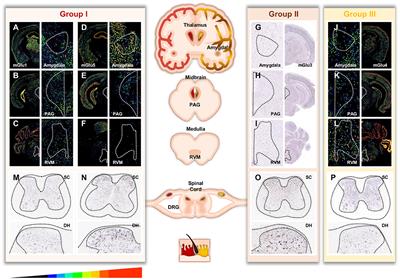
CORRECTION
Published on 14 Dec 2018

MINI REVIEW
Published on 30 Nov 2018

REVIEW
Published on 13 Nov 2018
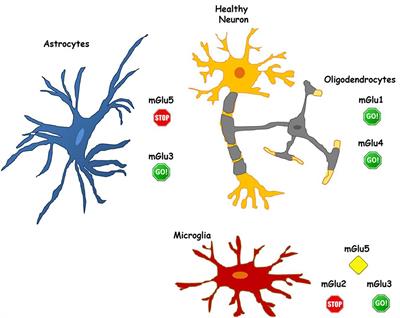
REVIEW
Published on 23 Oct 2018

REVIEW
Published on 09 Oct 2018
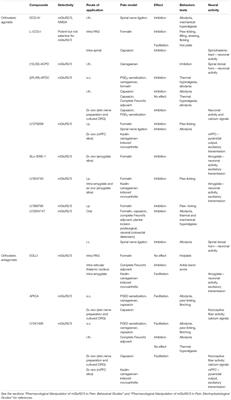
MINI REVIEW
Published on 08 Oct 2018
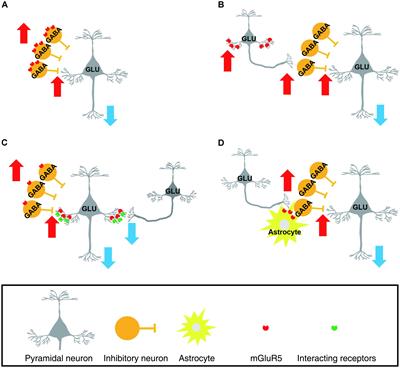
ORIGINAL RESEARCH
Published on 20 Sep 2018
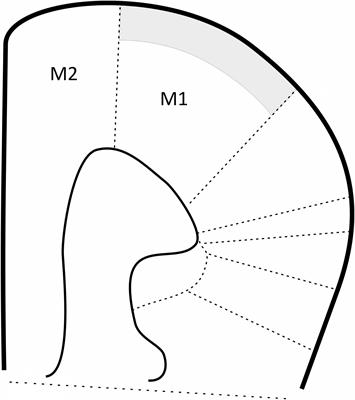
ORIGINAL RESEARCH
Published on 18 Sep 2018
